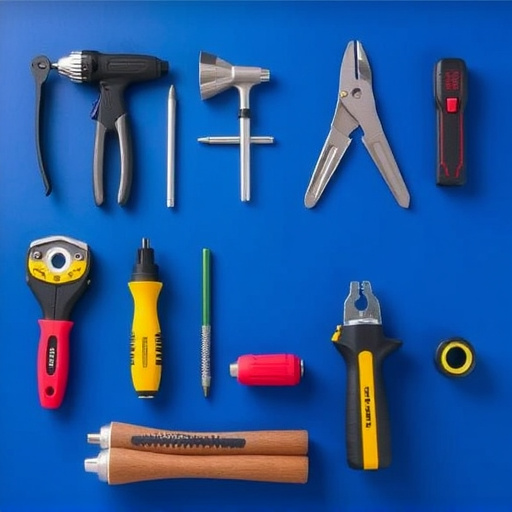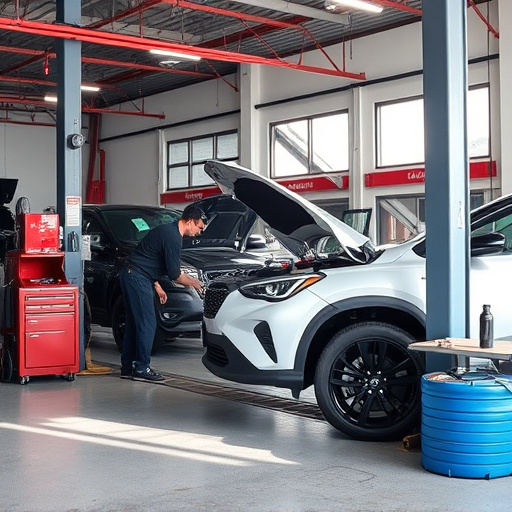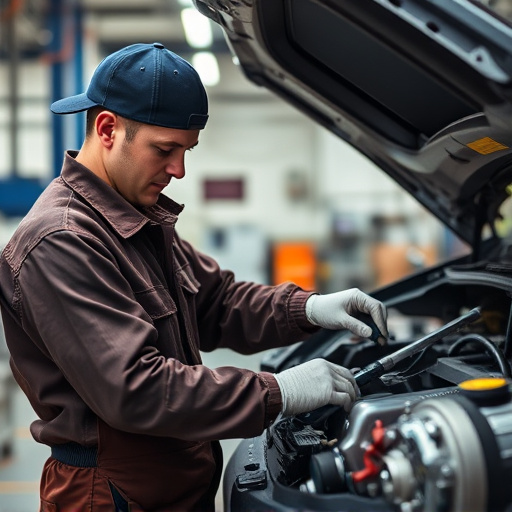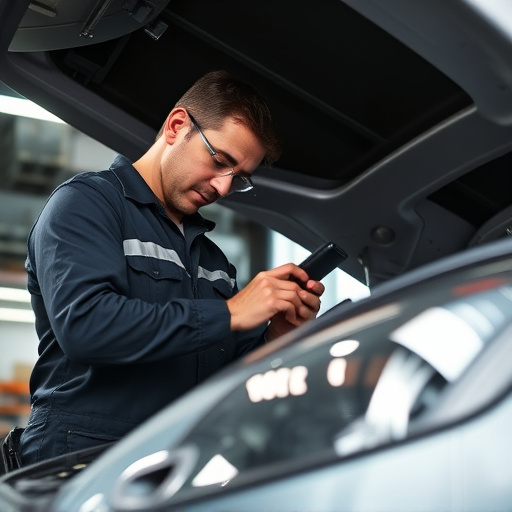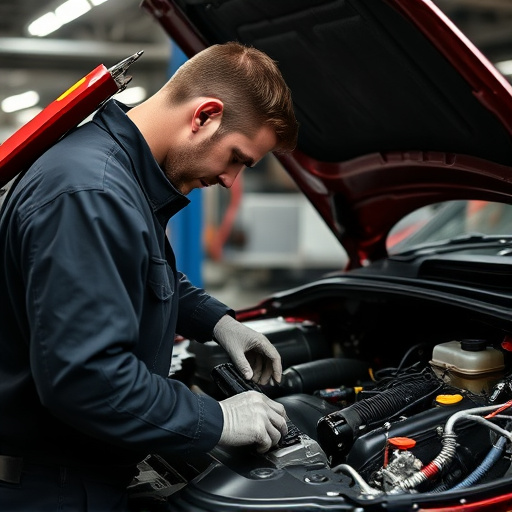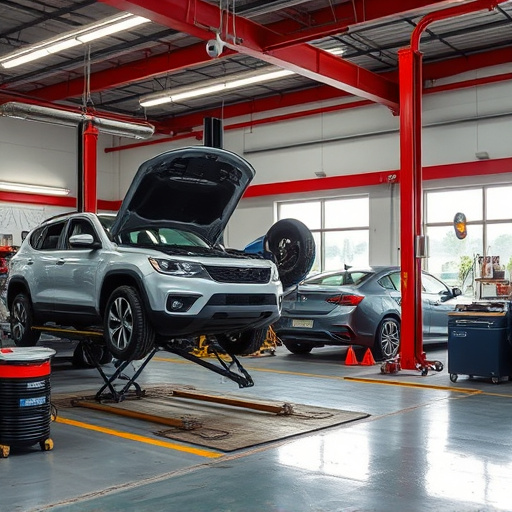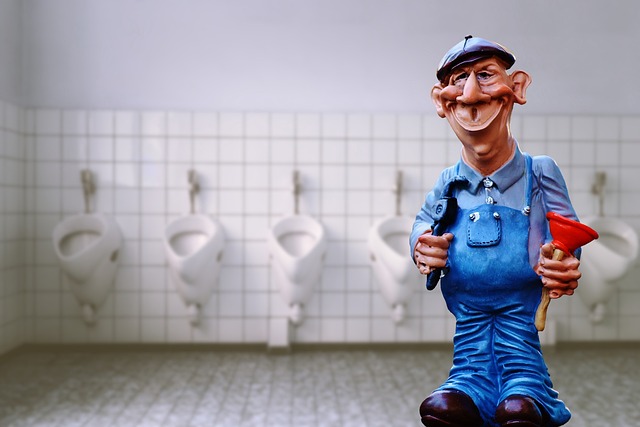Understanding state regulations for frame repair is crucial for insurance claims. Each state sets standards for equipment, techniques, technician certification, and documentation. Insurance coverage varies; some policies cover minor dents impacting safety or integrity, while others require significant structural damage. Auto body shops must comply with regional legal requirements, invest in staff training, and use advanced equipment to ensure accurate assessments and reliable repairs, enhancing customer satisfaction and meeting insurance standards.
In today’s digital era, understanding state regulations for frame repair is crucial for both insurance providers and policyholders. When filing an insurance claim for vehicle frame damage, compliance with local guidelines ensures a seamless and efficient process. This article delves into the intricacies of these regulations, offering insights on insurance coverage, exclusions, and strategies to navigate the frame repair process effectively. By exploring these aspects, individuals can ensure their claims are handled smoothly while adhering to state-mandated standards.
- Understanding State Regulations for Frame Repair
- Insurance Coverage: What's Included and Excluded
- Compliance Strategies for Efficient Frame Repair Process
Understanding State Regulations for Frame Repair
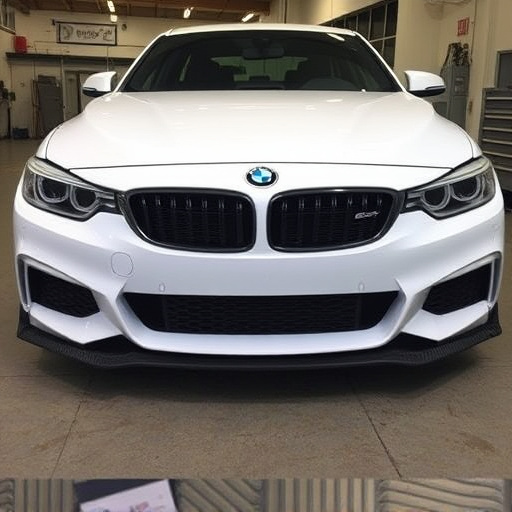
Understanding State Regulations for Frame Repair
Each state has its own set of regulations and guidelines governing frame repair for insurance claims, reflecting a commitment to ensuring safety and quality in automotive collision repair. These rules vary widely, from specific requirements on equipment and techniques used to standards for certification and training for repair technicians. For instance, some states mandate that auto body services performing frame repairs be certified or licensed by the state.
When dealing with insurance claims for Mercedes Benz collision repair, as with any vehicle, repair shops must adhere strictly to these regulations. This involves not just properly documenting every step of the frame repair process but also ensuring that all parts and methods employed meet the state’s safety standards. Compliance not only protects consumers but also guarantees that auto body services like Mercedes Benz collision repair facilities maintain high quality and reliability in their work, fostering public trust in the industry.
Insurance Coverage: What's Included and Excluded

When it comes to insurance coverage for frame repair, understanding what’s included and excluded is crucial. Frame repair for insurance typically covers damages resulting from accidents, natural disasters, or certain types of vandalism. This includes structural elements like chassis, rails, and unibody components, ensuring these critical parts are restored to their pre-incident condition. However, not all damage is covered; minor dents or cosmetic issues often fall outside the scope, especially if they don’t affect the vehicle’s safety or mechanical integrity.
It’s important to note that different insurance providers may have varying policies regarding frame repair. Some companies offer comprehensive coverage, including dent removal and collision repair center services for minor incidents. Conversely, others might only cover significant structural damage, leaving less severe issues like scratches or light dents as the responsibility of the policyholder. Familiarizing yourself with your insurance plan’s terms and conditions is essential to ensure you receive the appropriate frame repair services from a reputable collision repair center, even if it’s not directly covered, through add-on fleet repair services if needed.
Compliance Strategies for Efficient Frame Repair Process
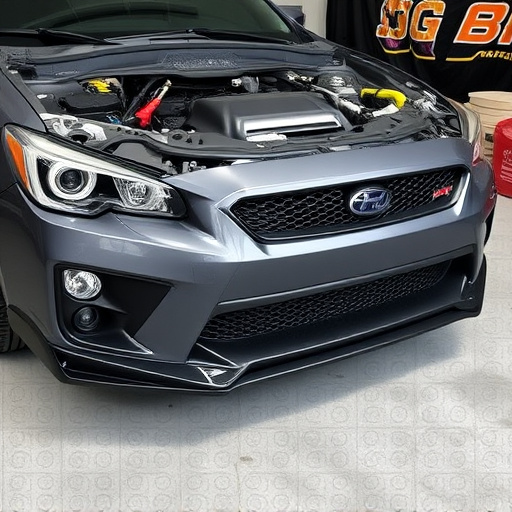
Compliance with state regulations is a cornerstone for auto body shops handling frame repairs for insurance claims. A strategic approach ensures a seamless and efficient process. Shops should invest in comprehensive training for their staff, keeping them updated on the latest industry standards and legal requirements specific to their region. This enables technicians to perform accurate assessments and offer reliable repairs that meet regulatory benchmarks.
Additionally, utilizing advanced equipment and employing certified professionals can significantly enhance compliance. Auto body repair services that adopt digital measurement tools and computer-aided design software can precisely capture vehicle damage, facilitating more accurate frame straightening and alignment. This level of precision not only ensures customer satisfaction but also aligns with the rigorous standards set by insurance companies and regulatory bodies.
When it comes to frame repair for insurance claims, adhering to state regulations is paramount. By understanding these guidelines, insurers and repair shops can ensure a compliant and efficient process. Insurance coverage plays a crucial role in this, dictating what’s included and excluded, while compliance strategies help streamline the repairs. Navigating these aspects together ensures a smooth, effective frame repair experience for all parties involved.
